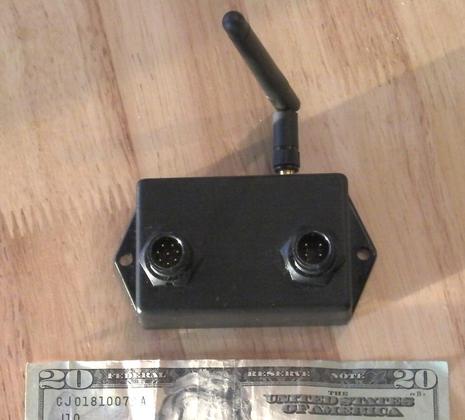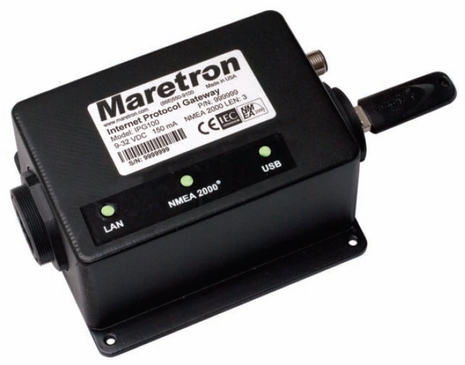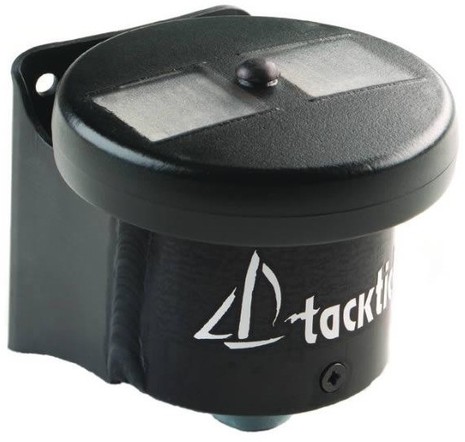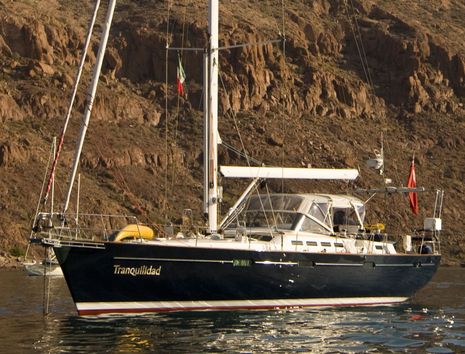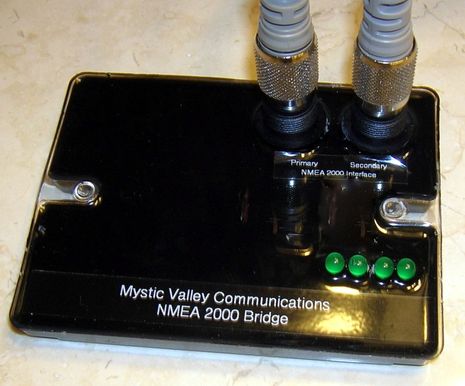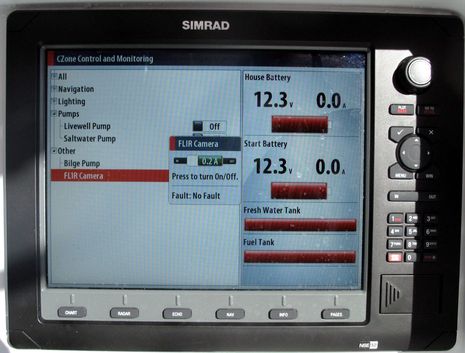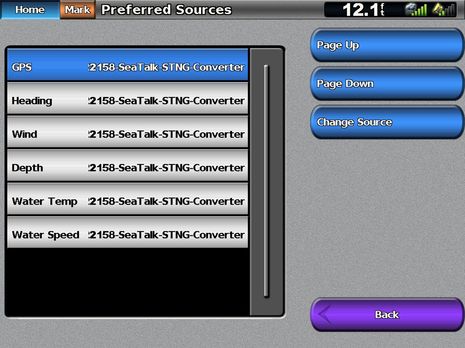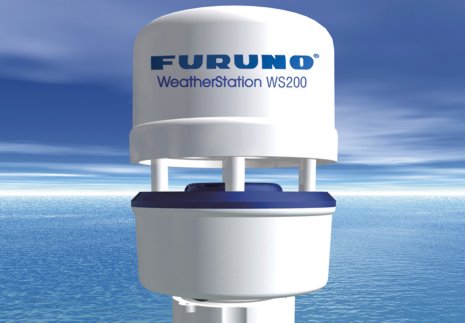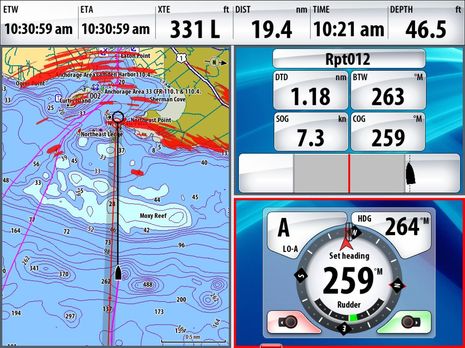Chetco SeaSmart.Net modules, wide open N2K-to-Ethernet?
Chetco Digital Instruments has been quietly developing software and hardware to digitize and display analog engine info for some time, and with some success I hear. But as of yesterday’s big press release, Chetco has jumped big time into marine data networking, particularly the hot, if confusing, area of putting NMEA 2000 messages into an Ethernet format and serving them to whatever wired and wireless devices can use them. So that little $579 SeaSmart device above contains an N2K-to-Ethernet gateway (by Actisense, I think), a WiFi transciever, and a “CGI/AJAX web server” that puts out an “open sourced HTML protocol” that will purportedly support “any application from weather station, dual engines, battery banks, fluid tanks and more.” Excited yet?…



